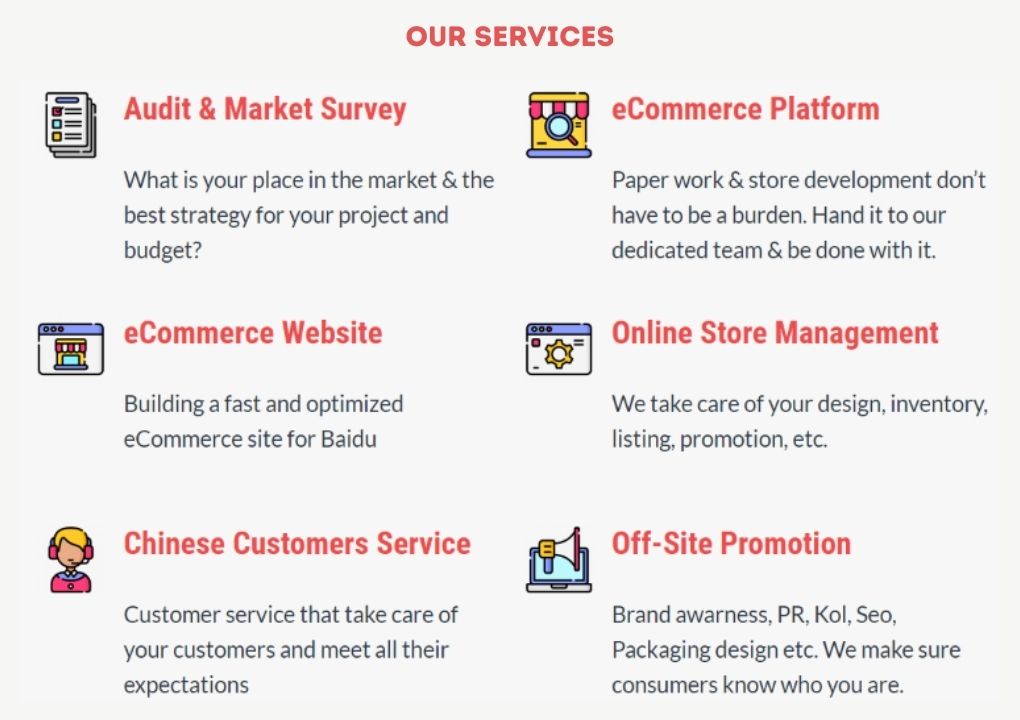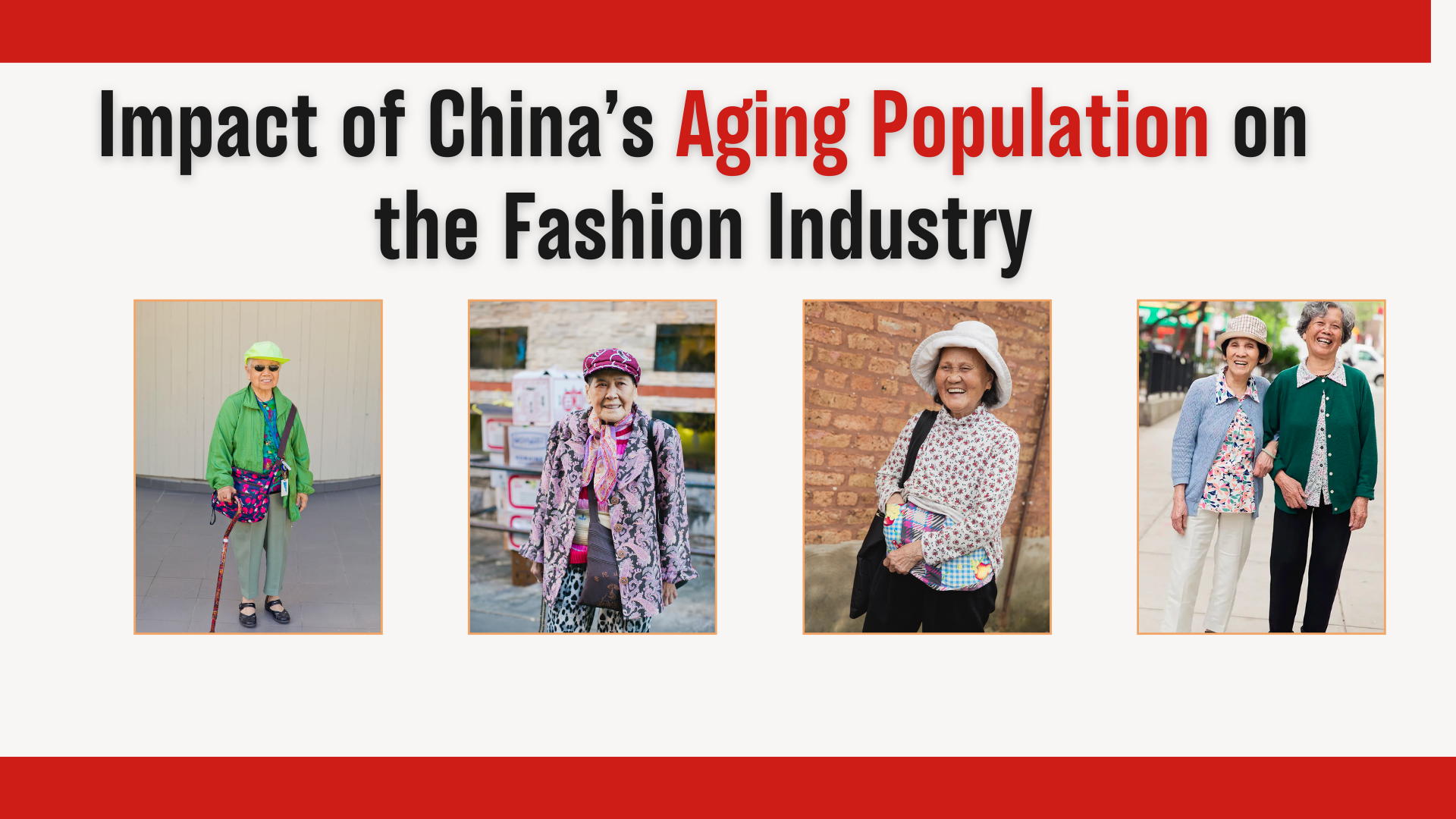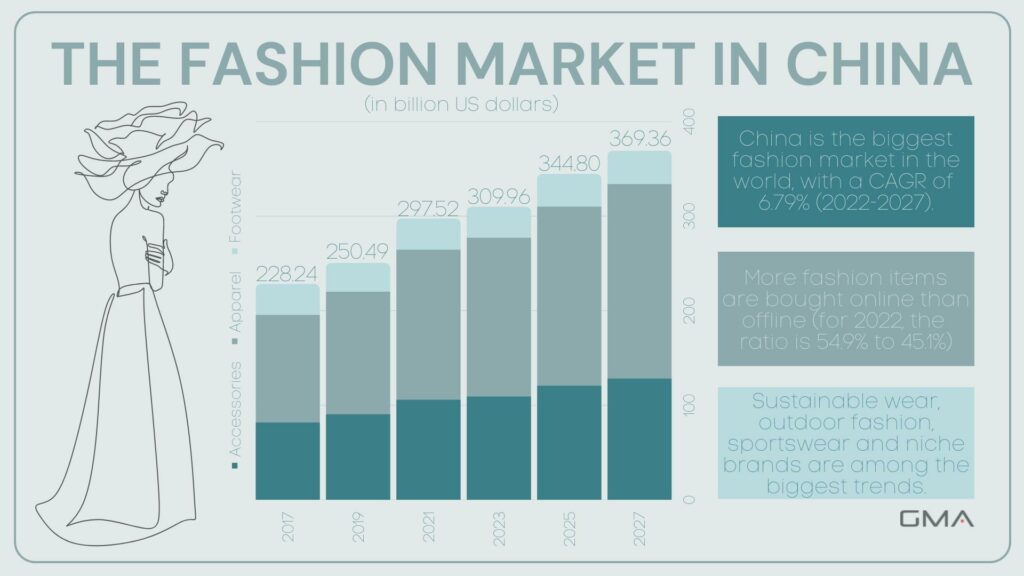China’s population is getting older, with over 250 million people aged 60 or older. This affects the fashion industry, as people prefer comfortable and practical clothing over trendy and expensive items. But, foreign fashion brands can take advantage of this by adapting their products and marketing to cater to this growing demographic.
In this article, we will explore the impact of China’s aging population on the fashion industry and provide strategies for foreign fashion brands to successfully sell their products in China. So if you are interested in understanding how your brand can adapt to these changes and succeed in the Chinese market, keep reading!
Brief Overview Of China’s Aging Population
China’s aging population is rapidly growing, creating challenges and opportunities for the fashion industry. By 2040, 28% of the population will be over 60 years old.
To succeed, foreign fashion brands must understand the impact of this demographic shift on consumer behavior.
This dramatic demographic shift, which has been fueled by factors like reduced fertility rates and increased life expectancy, has given rise to what is commonly referred to as the “silver economy”.
For example, older people prefer comfortable and practical clothes that cater to their changing needs. They focus more on healthcare costs and pension systems than trendy fashion pieces.

Importance Of The Fashion Industry In China
China’s fashion industry has grown significantly, becoming a crucial part of the economy. Luxury brands like Louis Vuitton, Chanel, and Gucci dominate the market, with China being one of the world’s largest markets for luxury goods.
Young Chinese consumers are especially valuable to high-end fashion brands as they prioritize status symbols when shopping.
Zara and other fast fashion brands see big opportunities in China’s fashion market by offering trendy and affordable clothes for all ages, including older people.
Impact Of China’s Aging Population On The Fashion Industry: Changes In Consumer Behavior
Preference For Comfortable And Practical Clothing
As China’s population ages, fashion preferences are changing. Elderly people want comfortable and practical clothing, so foreign brands need to adjust their products.
Using eco-friendly materials and adding features like adjustable waistbands can appeal to these consumers.
They are more likely to prioritize factors such as product safety over luxury branding, which should be taken into account by foreign fashion retailers looking to target this age group.
For instance, sustainable sportswear items are becoming increasingly popular among elderly people who want comfortable yet functional clothing for exercise or outdoor activities.
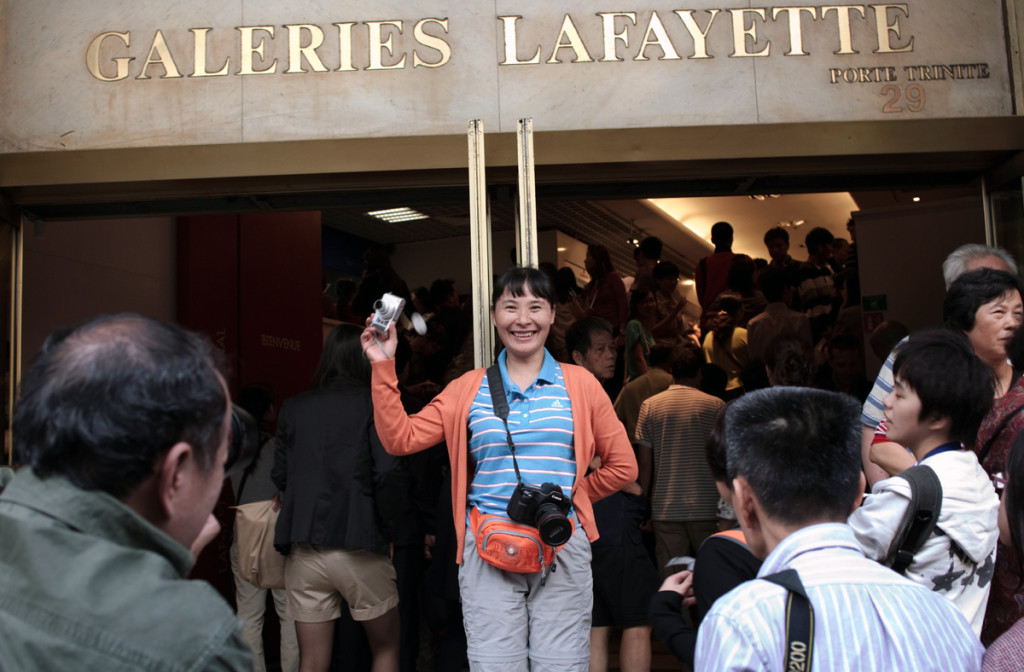
Rise Of Second-tier Cities
As China’s economy grows, second-tier cities offer opportunities for foreign fashion brands. These cities are smaller than Beijing and Shanghai but still have over 10 million people, providing valuable market research insights and urban opportunities for businesses.
For example, Chengdu, the capital of Sichuan province in southwest China, is one such city that has seen a boom in the fashion industry as it becomes increasingly developed and affluent.

Strategies For Foreign Fashion Brands To Sell Their Products In China
Introduce Comfortable And Practical Clothing
In the Chinese market, there is a growing demand for comfortable and practical clothing. This trend is especially pronounced among older consumers who prefer clothes that are functional and easy to wear.
For example, British fashion giant Burberry launched its TB Summer Monogram collection in China with a focus on lightweight fabrics and relaxed silhouettes, targeting “casual luxury” consumers looking for both comfort and style.
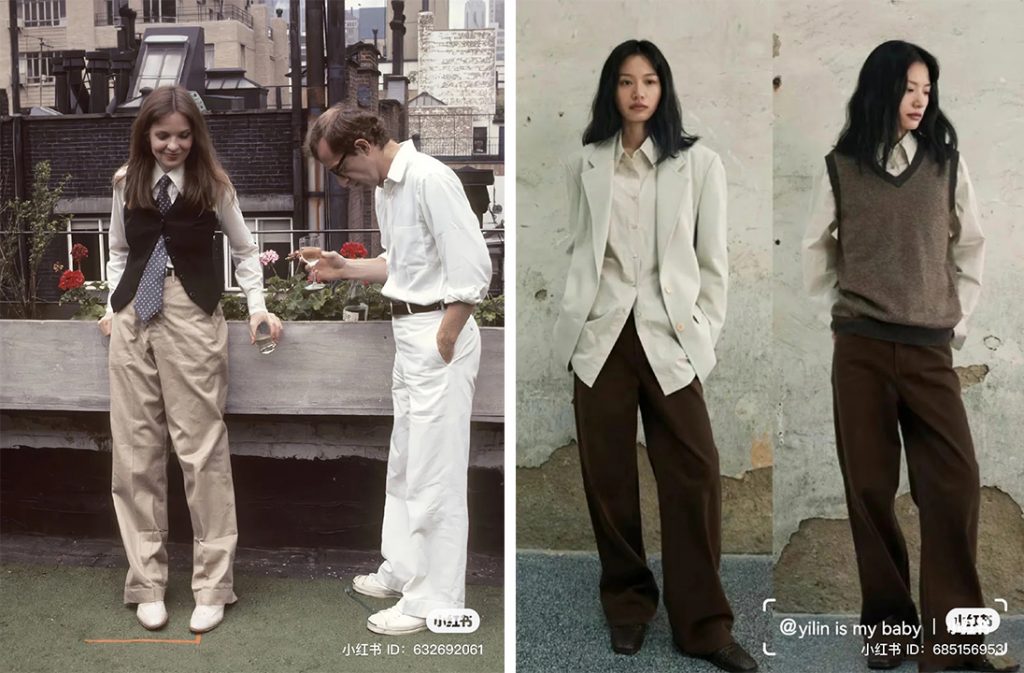
Create Fashion Items For The Elderly
Foreign fashion brands can sell more in China by creating clothing for elderly people. Older Chinese consumers want comfortable and easy-to-wear clothes with extra support.
For instance, they like loose-fitting clothes with stretchy materials and functional features like adjustable waistbands or zippers in hard-to-reach places.
Brands can make clothes more senior-friendly by offering options like bigger labels and buttons for those with vision or arthritis problems.
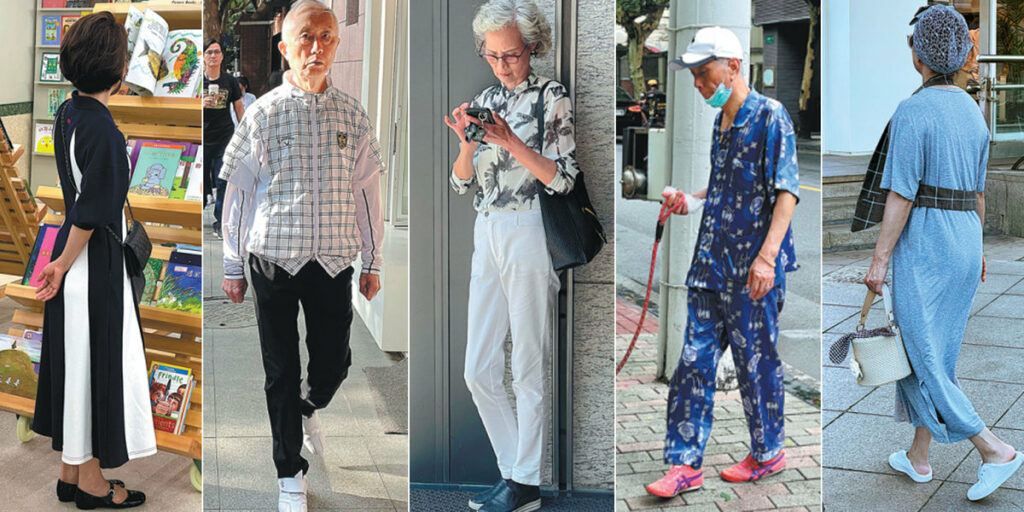
Offer Customization Options
Foreign fashion brands need to offer customization options to succeed in China. Chinese consumers want unique products, so brands must cater to this demand.
Customization options like color choices or personalized embroidery can differentiate brands from competitors and provide a tailored experience.
For example, Nike’s “Nike By You” platform allows customers to customize their sneakers with different colors and designs.

Customization options help foreign brands consider cultural differences and preferences when designing products. For example, sizes and colors may vary across regions in China.
Strategies For Foreign Fashion Brands To Sell Their Products In China: Establish An Online Presence
Partner With Popular E-commerce Platforms
Foreign fashion brands can establish an online presence in China by partnering with popular e-commerce platforms like Tmall, JD.com, and Alibaba. These platforms are trusted by Chinese consumers and offer services that can boost credibility.
For example, Li Ning partnered with Alibaba to develop its e-commerce channel.
This not only taps into China’s vast consumer base but also provides valuable data on consumer behavior and preferences.
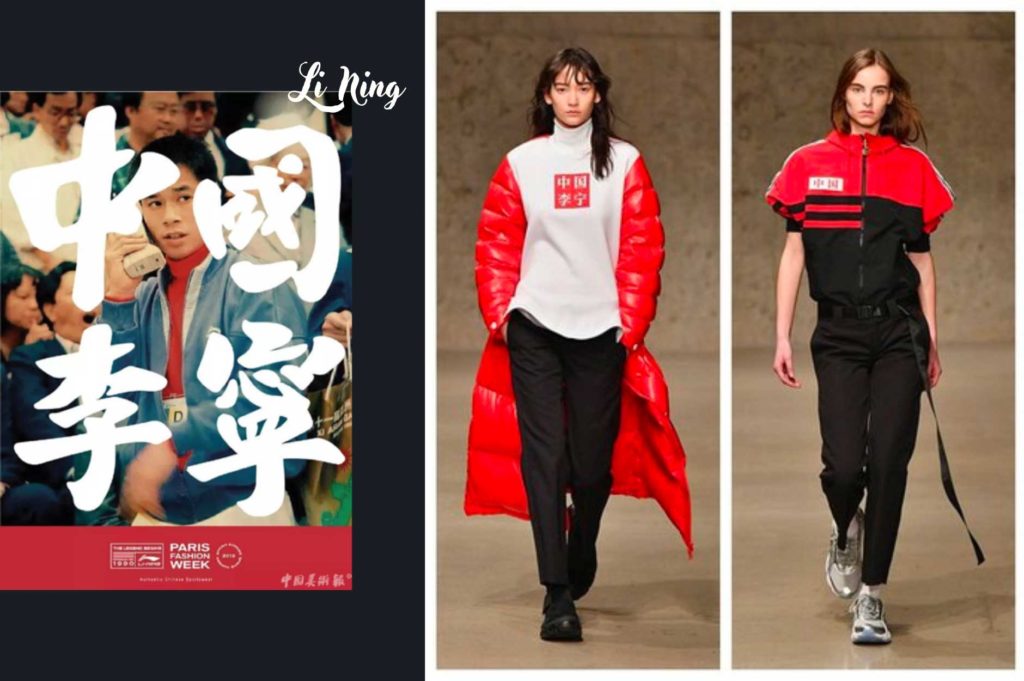
For example, By using advanced analytics tools on these platforms, brands can track their performance metrics such as click-through rates, conversion rates, and customer demographics, among other useful information.
Develop A Mobile-friendly Website And App
To effectively reach the target market in China, it’s crucial to establish a strong online presence through a mobile-friendly website and app optimized for Mandarin Chinese language and tailored to suit different devices’ screen sizes, given that China has over 854 million mobile internet users.
Utilize Social Media For Marketing

To sell products in China as a foreign fashion brand, it’s crucial to establish an online presence and use social media for marketing.
Young Chinese consumers rely heavily on social media platforms like WeChat, Weibo, and Douyin for consuming media and shaping their consumer attitudes towards the luxury lifestyle.
For example, Gucci’s WeChat account has over 2 million followers, and Uniqlo launched a virtual shopping feature on Taobao Live during the pandemic.
Strategies For Foreign Fashion Brands To Sell Their Products In China: Target Lower-tier Cities
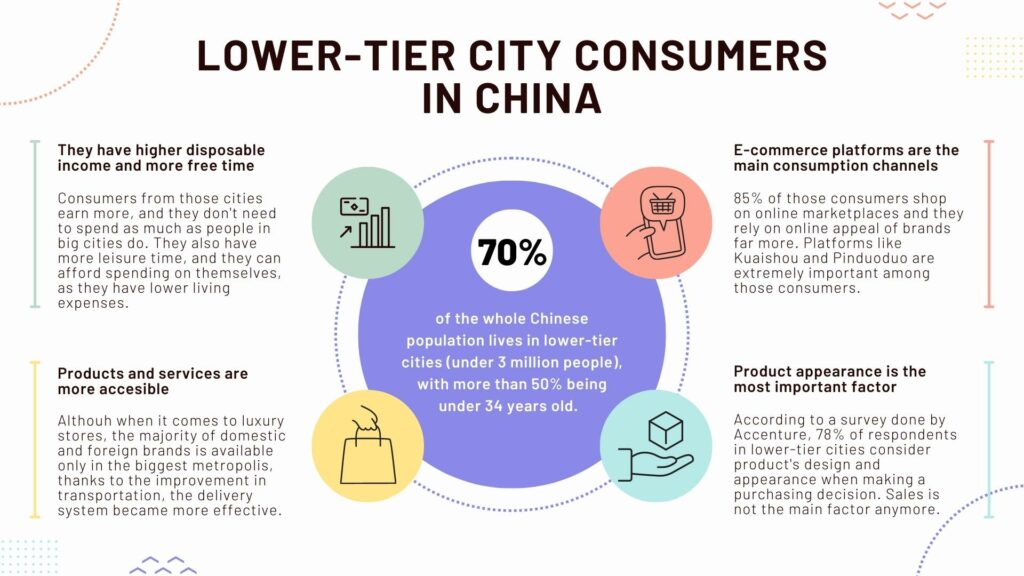
Partner With Local Retailers And Distributors
Foreign fashion brands need to partner with local retailers and distributors to succeed in China. These partnerships provide access to established networks and help navigate cultural differences.
Working with experienced local partners can help brands tailor marketing campaigns and understand the market potential in different cities.
E-commerce platforms like Tmall and JD.com offer special programs to connect international brands with vendors for sales through digital channels.
Tailor Marketing Campaigns To Local Preferences
It’s crucial for foreign fashion brands to tailor their marketing campaigns to local preferences if they want to succeed in China. This means not only understanding cultural differences but also considering the economic situation and demographics of different regions.
For instance, targeting second-tier cities may require a different approach than larger cities like Beijing or Shanghai.
By taking the time to understand local consumers, foreign fashion brands can build brand awareness, boost sales, and establish a loyal customer base in China. With the rise of e-commerce platforms and mobile marketing, it’s easier than ever before for brands to reach new audiences throughout the country.

We Can Help You To Succeed In The Chinese Fashion Industry! Contact Us!
In conclusion, to succeed in the Chinese market, foreign fashion brands should adapt to changing consumer behavior by creating comfortable and practical clothing, targeting second-tier cities, and establishing a strong online presence.
This includes partnering with popular e-commerce platforms like Tmall and JD.com, developing a mobile-friendly website and app, and using social media for marketing.
Uniqlo adapted its product offerings in China by incorporating floral designs, which are popular among Chinese consumers.

If you need help getting your brand off the ground or integrating your strategies into Baidu, you know where to turn to. Contact us today for not only educational blogs but to have a partner in building your business and making it relevant in the minds of the Chinese consumer.
